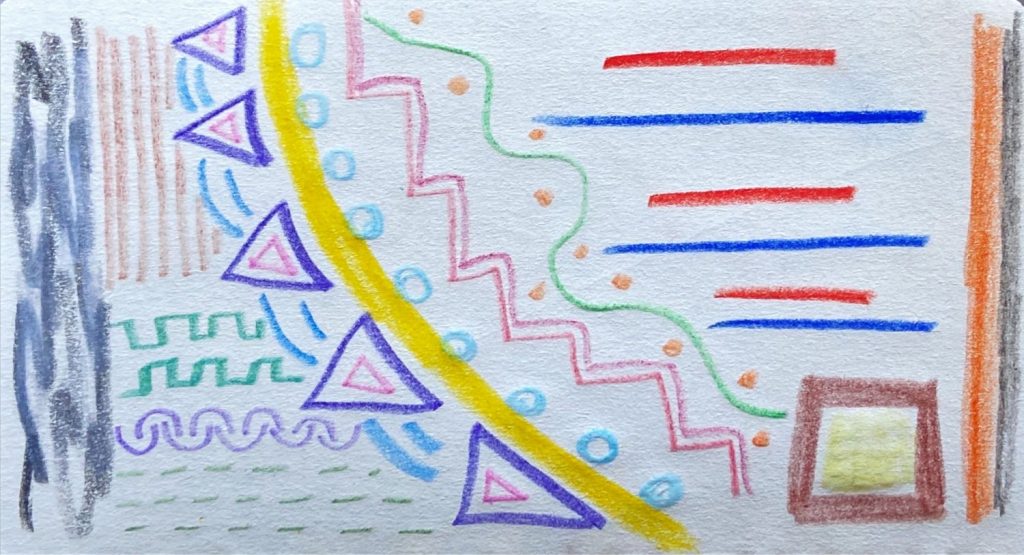
So often when challenges occur in life you can get caught up in the situation and lose the objectivity you need to find a solution.
Past experiences and hurts can cloud how you perceive the challenge.
Self beliefs that are disempowering can also impede your ability to solve the challenge.
Once you reach that stage of believing it is too hard to solve then the challenge becomes a problem.
Here are some things you can try to help you see more clearly and find a solution. Write down the answers to your questions as the process of writing and seeing what you have written is a wonderful way to get a bit of distance between you and the problem:
- What have I tried already to solve the problem?
You have usually already tried to solve a challenge a few different ways before you perceive it as a problem. What are those ways? Write down you answer with just facts and no emotional interpretations of what you have done.
Getting caught up in the emotions makes it hard to be objective. When subjectivity fails to solve a problem you need objectivity to see solutions.
- How will I know when the problem is no longer a problem?
There are always challenges in life that can become problems when you can’t solve them. What often happens is you find a solution and the problem is no longer a problem. The question to answer here is what would be happening for you so you no longer see this problem as a problem?
Finding that answer will help you break the problem down into parts that are more easily resolved. You will likely find that some parts of the problem don’t need to be solved.
So the question here is which parts need solving in order for the problem to no longer be a problem?
- When is this challenge not a problem?
Things can happen that are challenging but you are able to manage the challenge without it becoming a problem. The addition of one or two factors may make this challenge a problem. That can give you the clue as to what you need to focus on to resolve the problem.
The question here is what is present in this challenge that makes it into a problem?
- What is present when the problem occurs?
This is similar to the previous question. Just as factors in a challenge may make it feel like a problem, situations at the time of a challenge can make it feel like a problem.
In answering this question you may realise that there are certain situations that feel overwhelming or disempowering. If a challenge occurs in those situations they you struggle to solve the challenge and it becomes a problem.
This questions allows you to separate the other factors that are present from the actual problem.
- What is the difference between when the problem exists and when it doesn’t?
The problem is causing some form of distress for you. What is that? What is happening for you when this problem is present that isn’t happening when the problem is not there? Pay attention to that. It will help you to understand how this problem is a problem and give you some ideas as to how you can solve it.
- How can I redefine the problem so that it is more solvable?
There is that saying that “one man’s meat is another man’s poison”. One of the applications of that saying is that what one person perceives as a problem another person does not perceive as a problem.
Sometimes a problem is this way because that is how you perceive it. If you look at the problem from a different perspective it does not seem such a problem. This is what redefining means.
One example is your car getting a flat battery. While you are waiting for help jump starting the car you can:
. worry about the things you need to do that are now being delayed, or
. you can choose to accept that you day is going to be different and notice the glorious skies, or
. you may catch up on some phone calls you needed to make, or
. you may spend time planning your next holiday.
The list is endless. You can choose to see the disruption as an opportunity to catch up on other things, or just chill, or you can choose to see the disruption as something bad.
If you find you frequently have problems in your life that you can’t resolve it can be helpful to talk to someone else about it.
It can be difficult just putting these steps in place. It takes time to learn these skills and sometimes you may need help learning the skills.
Sometimes it is best to talk to a professional about this.
If you would like to talk to me about how I can help you with learning how to solve problems, please contact me on 0409396608 or nan@plentifullifecounselling.com.au
If you would like to learn more, I write a regular newsletter with interesting information, tips, information on courses, and the occasional freebie. At the moment I have a free mindfulness meditation for anyone who signs up to my newsletter. This meditation offers a way to safely explore your feelings and learn to be okay with them. If you would like to subscribe please click on the link here: http://eepurl.com/g8Jpiz
